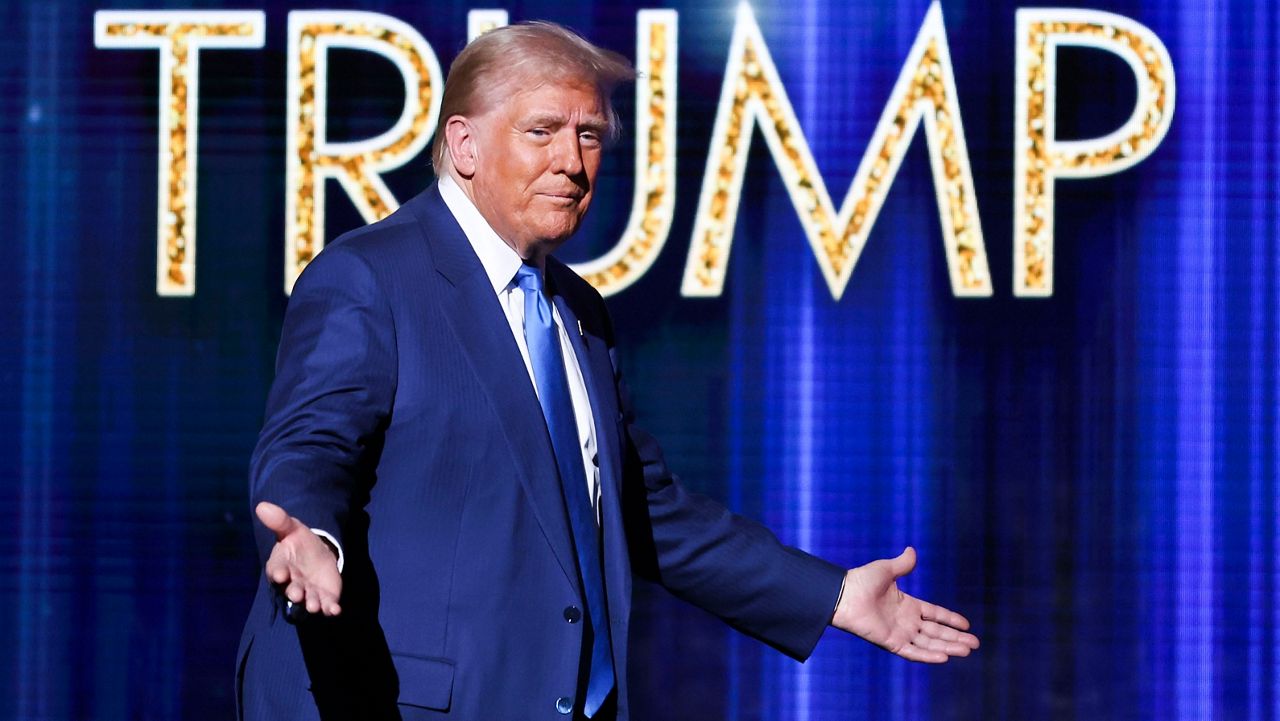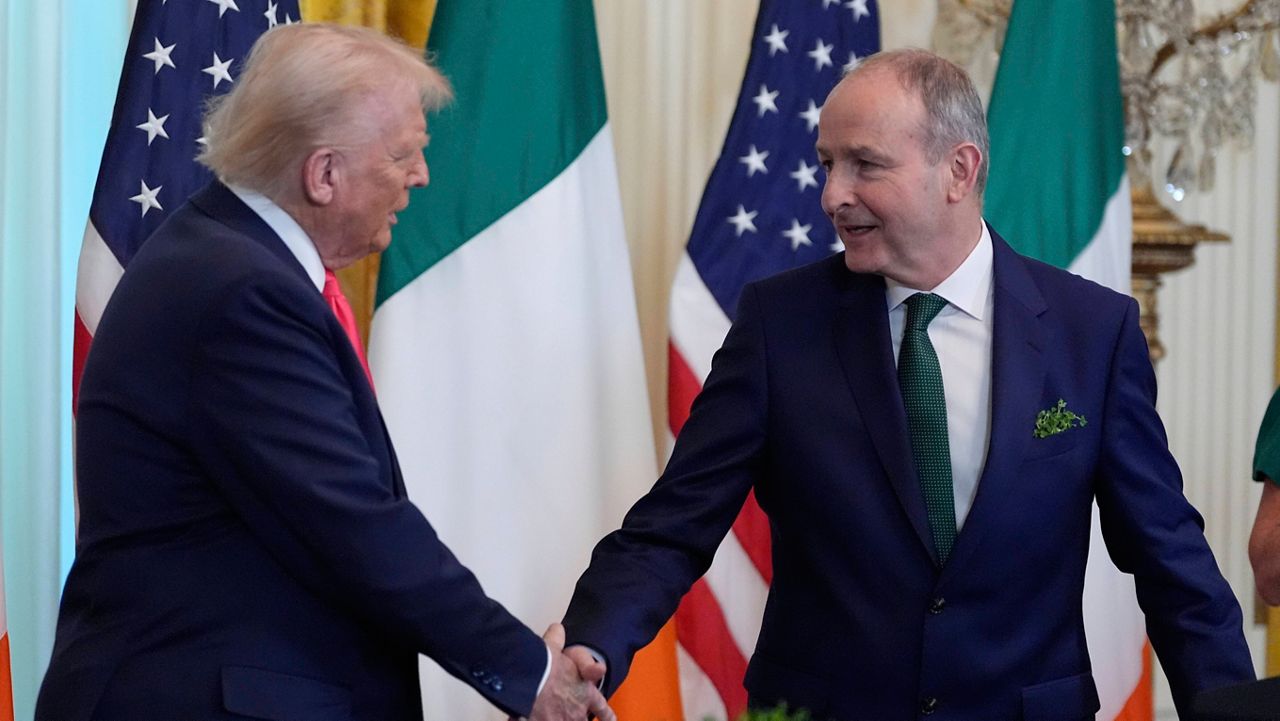WASHINGTON — In his first network television interview since securing another four years in the White House, President-elect Donald Trump over the weekend made clear that he plans to hit the ground running on day one of his second administration by making full use of powers as commander in chief.
Speaking to NBC News’ “Meet the Press” for an interview that aired on Sunday, Trump promised a flurry of executive orders on the first day of his second stint in the Oval Office on issues ranging from the border, the economy and energy to ending President Joe Biden’s electric vehicle policies.
Executive orders can help a president guide the executive branch in enforcing laws. They also allow a commander in chief to clarify or further an existing law, which can enable them to shape it to better fit their priorities.
One of Trump’s first executive orders during his first term in 2017, for instance, was meant to be a significant step toward his priority of doing away with one of his predecessor’s biggest achievements: former President Barack Obama’s sweeping health care overhaul, known as “Obamacare.”
Such an order does not need congressional approval, but the legislative branch can make one moot by passing a law that invalidates it. And unlike laws passed by Congress, a president can unilaterally undo an executive order signed by one of their predecessors with an executive order of their own.
As the nation awaits a second Trump presidency and the pledged immediate wave of executive action, here's what the president-elect’s use of such power during his first four years in the White House can tell us about what we could expect next year and how it compares to other recent presidents.
Over his first four years in office, Trump signed 220 executive orders according to a record kept by the Office of the Federal Registrar, more than his two most recent predecessors Obama and President George W. Bush, who each signed less than 200 in their first terms.
Their second terms brought even less than their first. In total, Obama and Bush left office having respectively signed 277 and 291 executive orders over their eight years in the White House.
Fifty-five of Trump’s orders during his first term came during his first year on the job in 2017. His busiest period in terms of executive action came over his final 12 months in office when he signed 83 executive orders.
Biden outpaced Trump during his first year in the White House, signing 77 of such orders in 2021. With just about six weeks left in office, however, the current president currently sits well below Trump’s total for a full term, having signed less than 150 as of this week.
Obama and Bush, meanwhile, signed 40 and 54 executive orders respectively during the first year of their first four years in the White House, according to the Federal Registrar. Both of the two-term presidents kicked off the first year of their second terms with significantly less executive actions than the beginning of their firsts. Obama signed just 20 executive orders in 2013 while Bush signed 26 in 2005.
While recent history shows a slowdown in use of the power in a president’s second term compared to their first (Bush’s two-term predecessor, Bill Clinton, also signed more in his first term than his second, although his total number, 364, sits well above that of Bush and Obama), Trump is different in that his terms are not consecutive. The president-elect has had the last four years to plan policy for a potential second term that is now coming to fruition.










